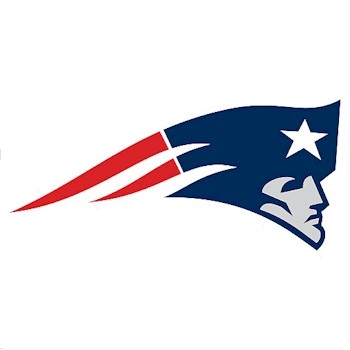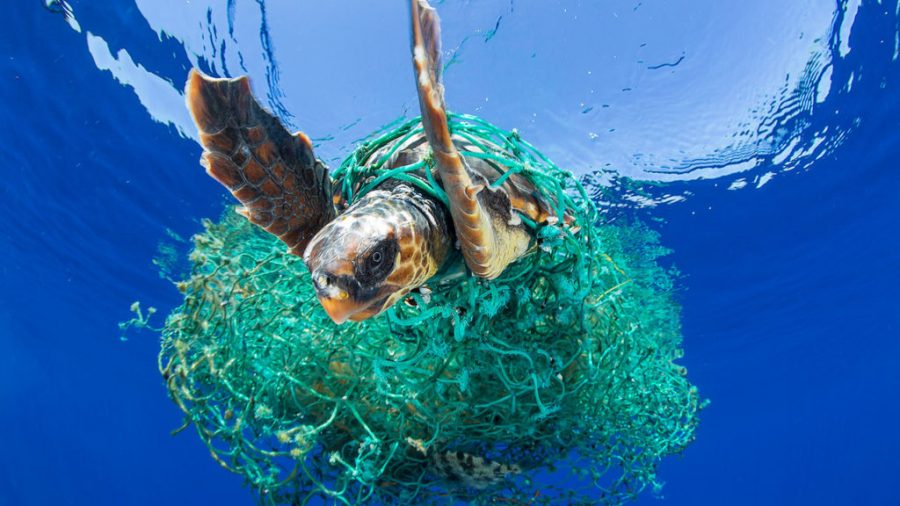Great Pacific Garbage Patch Is a Threat to the Planet
March 28, 2019
Right now there is a major problem with our planet. It’s a problem we have known about for a long time and has been getting bigger since 1997. It is called The Great Pacific Garbage Patch. The Great Pacific Garbage Patch is located between Hawaii and California. It’s the largest plastic accumulation zone in all the oceans of the world.
It’s estimated to cover 1.6 million square kilometers and it will not sink due to it being less dense than the water. A lot of the plastic in this cluster of garbage is extremely thick which makes it tough to wear or break down. Plastic use is so widespread across the globe that it makes it very easy to get to the ocean. Once this happens the plastic does not leave the garbage patch until it turns into pieces of micro plastic and negatively affects the environment.
In the PBS article “Great Pacific Garbage Patch weighs more than 43,000 cars and is much larger than we thought,” Nsikan Akpan asks, “What weighs more than 43,000 cars and is twice the size of Texas? The Great Pacific Garbage Patch.” This island of garbage is enormous and it is certainly something to be worried about.

The Great Pacific Garbage Patch is detrimental to the health of our marine wildlife. The reason for this is because plastic looks like prey to other animals searching for something to eat and therefore animals consume it thinking it is food. Animals often mistake plastic for food, which means they are not putting the right nutrition in their bodies. This giant plastic patch also risks marine life getting tangled in the trash. The Great Pacific Garbage Patch does not only affect marine wildlife, but the lives of humans too.
By harming wild life, we are also harming ourselves because we use marine wildlife as a food source. The chemicals from the animals pass through them and once we consume them, those same chemicals pass into us. In her article in The Independent, “Microplastics in the Sea a Growing Threat to Human Health, United Nations Warns,” Katie Forster explained that “scientists fear that chemicals in plastics and also chemicals which attach themselves to plastic in the natural environment could cause poisoning, infertility and genetic disruption in marine life, and potentially in humans if ingested in high quantities.”
Economically speaking, this is a very big problem as well because of how much money it takes to clean up beaches and other bodies of water. Trash in the ocean is also affecting fisheries in the way that they are not making as much money as they used to. It is very important that we begin to take action.

Some ways that we can help save our planet and prevent The Great Pacific Garbage Patch from getting bigger is we can begin to look for food at the market that is packaged with paper-based packaging instead one single-use plastic. In the situation where you are buying something that is packaged in single-use plastic, be sure to put it in recycling. We can try to buy things that come with the least amount of packaging.
For example, instead of buying prepackaged cut apples, buy the whole apple and cut it yourself. It is also very helpful to volunteer at your local beach to help clean up which will prevent plastic from getting to animals and harming them. Before you throw something away, take the time to cut the loops in packaging to prevent a sea animal getting tangled in it. If you happen to have extra cash, it would also be very helpful to donate to charities that help protect the ocean and marine wildlife. We need to begin to take action before it’s too late. Our planet is dying and it is up to us to save it.



